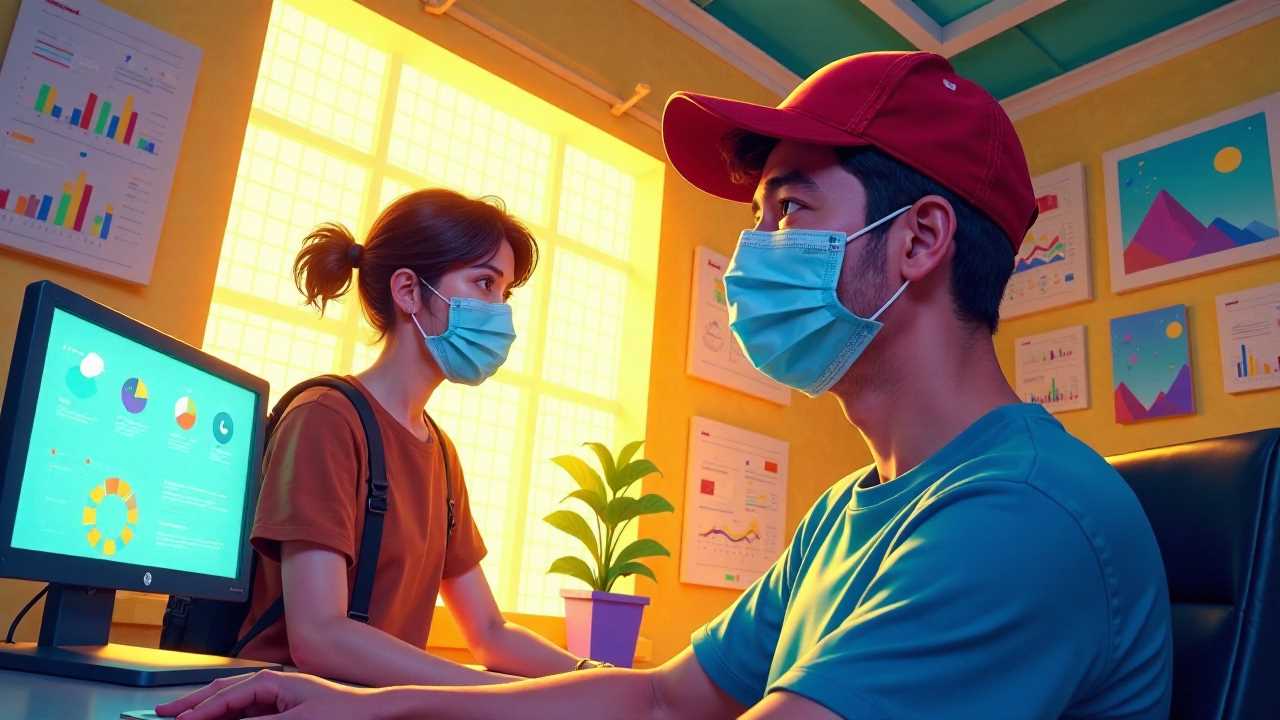
Understanding Isometric Art for Games
Isometric art for games represents a unique and visually striking approach to game design. This technique allows artists to create a three-dimensional perspective on a two-dimensional plane, resulting in a captivating visual experience. By utilizing digital techniques, artists can manipulate shapes and colors to craft environments that feel immersive and engaging. The isometric perspective is particularly popular in indie games, where developers often seek to create distinctive aesthetics that set their projects apart.
The Role of Digital Techniques in Isometric Art
Digital techniques are at the heart of creating stunning isometric art. Artists employ various software tools, such as Adobe Illustrator, Photoshop, and specialized game design software, to bring their visions to life. These tools enable the precise manipulation of pixels, allowing for pixel precision that is vital in achieving the desired look and feel of the game.
One of the key aspects of digital techniques is the ability to work with layers. By layering different elements, artists can create depth and complexity in their designs. This approach not only enhances the visual composition but also allows for easier adjustments and refinements. The use of grids and guides is also essential in maintaining the isometric perspective, ensuring that all elements align correctly.
Achieving Pixel Precision
Pixel precision is a fundamental aspect of isometric art. Every pixel counts in creating a cohesive and visually appealing design. Artists must pay close attention to detail, ensuring that each element fits seamlessly within the overall composition. This level of precision is particularly important in isometric games, where the player's perspective can change dramatically based on their position in the game world.
To achieve pixel precision, artists often utilize a grid system that aligns with the isometric perspective. This grid serves as a guide, helping artists maintain consistency in their designs. Additionally, color palettes play a significant role in pixel precision. A well-chosen color palette can enhance the visual impact of the artwork, making it more engaging for players.
3D Projection Techniques in Isometric Art
While isometric art is inherently a two-dimensional representation, the illusion of three-dimensionality is a crucial aspect of its appeal. 3D projection techniques allow artists to create depth and perspective, making the game world feel more immersive. This can be achieved through careful manipulation of shadows, highlights, and gradients.
Artists can simulate depth by adjusting the size and placement of objects within the isometric grid. For instance, larger objects can be placed closer to the foreground, while smaller ones can recede into the background. This technique creates a sense of scale that enhances the overall visual experience. Additionally, the use of lighting effects can further emphasize the three-dimensionality of the artwork, drawing players into the game world.
Game Aesthetics and Visual Composition
The aesthetics of a game play a significant role in its success. Isometric art offers a unique opportunity for artists to create visually striking environments that resonate with players. The combination of color, shape, and texture contributes to the overall game aesthetics, influencing how players perceive and interact with the game.
Visual composition is another critical element in isometric art. Artists must consider the arrangement of elements within the frame, ensuring that the composition is balanced and engaging. This involves careful placement of characters, objects, and backgrounds to create a harmonious visual experience. The use of negative space can also enhance the composition, drawing attention to key elements and creating a sense of movement within the scene.
Streamlining the Artistic Workflow
An efficient artistic workflow is essential for artists working on isometric art for games. Streamlining the process allows for quicker iterations and refinements, ultimately leading to a more polished final product. One effective way to enhance the workflow is by establishing a clear pipeline that outlines each stage of the design process.
From initial concept sketches to final rendering, each step should be well-defined. Utilizing templates and reusable assets can significantly speed up the workflow, allowing artists to focus on creativity rather than repetitive tasks. Collaboration with other team members, such as programmers and sound designers, is also vital in ensuring that the artistic vision aligns with the overall game design.
The Future of Isometric Art in Gaming
As the gaming industry continues to evolve, isometric art remains a popular choice for developers seeking to create unique and engaging experiences. By mastering digital techniques, pixel precision, and 3D projection, artists can craft visually stunning game worlds that captivate players. The emphasis on game aesthetics and visual composition further enhances the appeal of isometric art, making it a valuable skill for any aspiring game designer.
In summary, mastering isometric art for games requires a deep understanding of various digital techniques and a commitment to pixel precision. By focusing on the artistic workflow and continuously refining their skills, artists can contribute to the creation of immersive gaming experiences that resonate with players around the world.
 Digital Art InstructionDIY Infographics DesignMobile Game ArtworkPersonalized Logo Design3D AnimationeBook Covers DesignPrivacy PolicyTerms And Conditions
Digital Art InstructionDIY Infographics DesignMobile Game ArtworkPersonalized Logo Design3D AnimationeBook Covers DesignPrivacy PolicyTerms And Conditions
